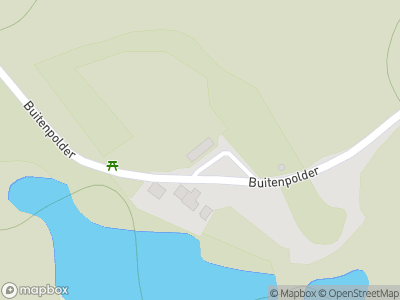Remains of the IJssel Line can be found on the banks of the river Waal near Bemmel.This last Dutch waterline was constructed during the Cold War as a flood defence system to protect the Netherlands in the case of a Soviet invasion.The most significant element in this defence system near Bemmel was a movable floating dam. This structure would serve to block off the river Waal and divert its waters to the river IJssel, flooding the river and its washlands, and delaying the advance of enemy infantry.
Top secret
If the IJssel Line were ever deployed, it would have had far-reaching consequences: over 400,000 residents would have had to have been evacuated and the damage to the surrounding area would have run into billions of euros. The construction of the IJssel Line was top secret – even cabinet ministers were kept in the dark about it, let alone the local residents. Remarkably however, the Soviets were very well informed on the project. They even knew the names of the workmen who were building it!
‘Object I’
The IJssel Line consisted of three dams (named ‘Objects’) on the Waal, Rhine and IJssel rivers. The dam near Bemmel was the largest (measuring 230m long and 30m wide). It was built out of 26 rectangular concrete structures known as caissons. The giant caisson was then moored in a special caisson port and could be towed out of the port in the event of war, and placed between two land abutments on either side of the river Waal. The caissons could then be filled with sand using sand pumps that were always ready for this extraordinary task. Damming the Waal and Rhine rivers in this way would create a 120 km-long and 10 km-wide expanse of water.
Dam defences
Dozens of military installations were built in the area to protect the vulnerable dam. An anti-submarine net was placed in the river to intercept torpedoes bunkers were fitted with anti-aircraft guns and aimed at potential enemy aircraft and the ground defences consisted of old Sherman Tanks set in concrete bunkers. The remains of two command posts and a field hospital can still be seen in the polders of the Ooijpolder. On the northern bank of the Waal, there is an overflow spillway covered with a thick layer of asphalt that keeps the dike from being washed away during flooding.
This ‘defence dike’ still exists along with a few of the bunkers. The caisson port has been filled in.
















